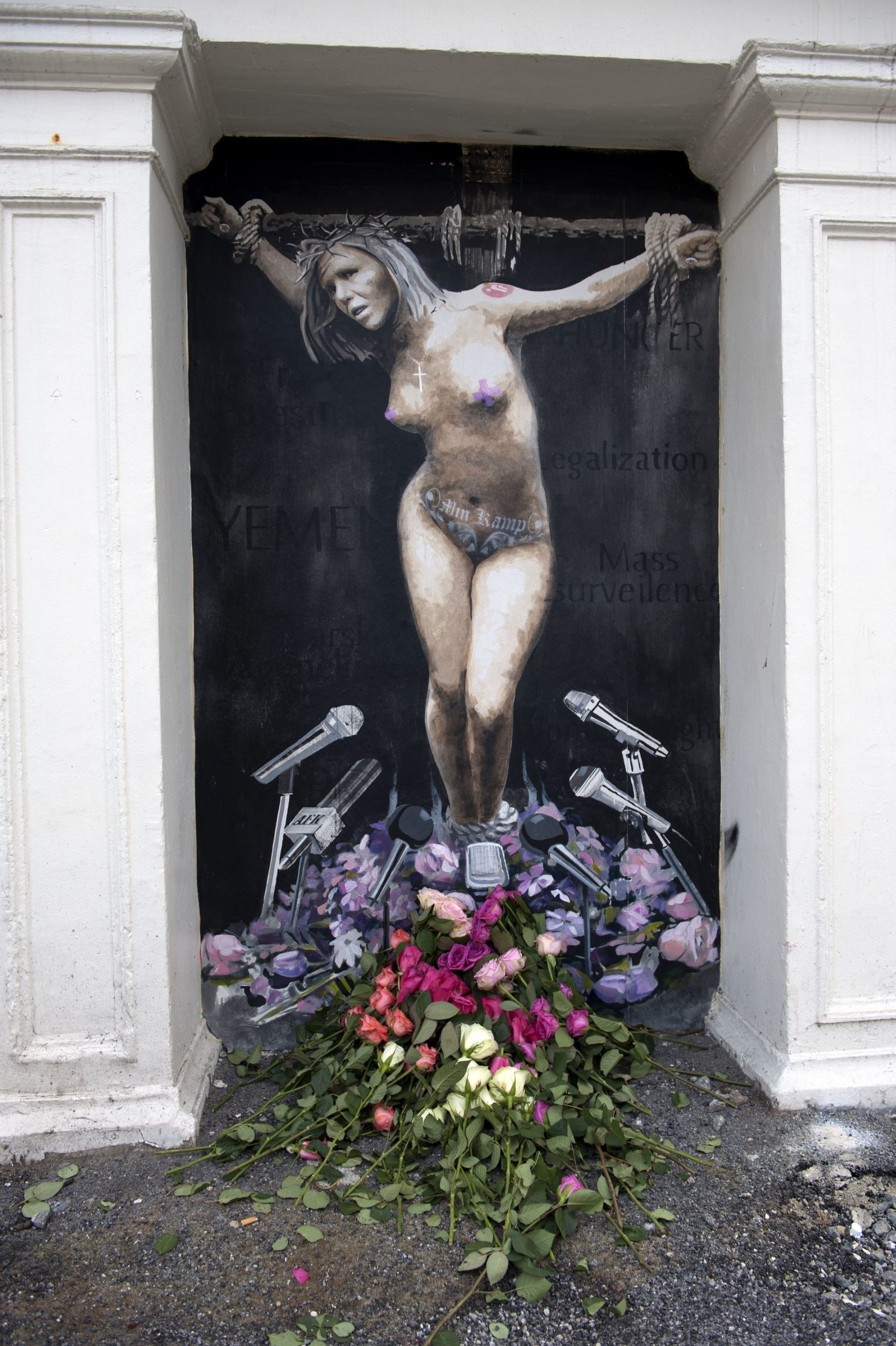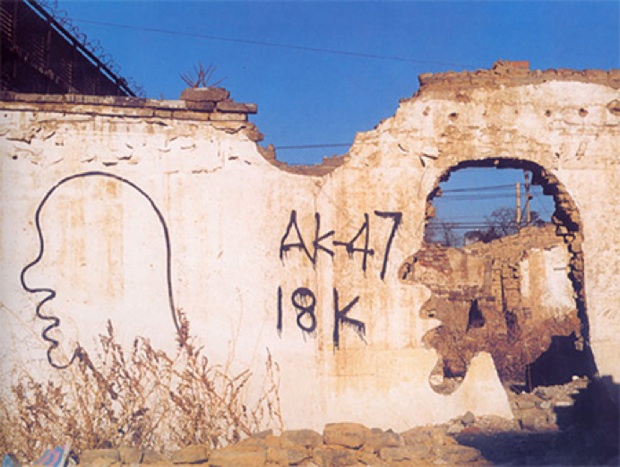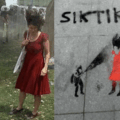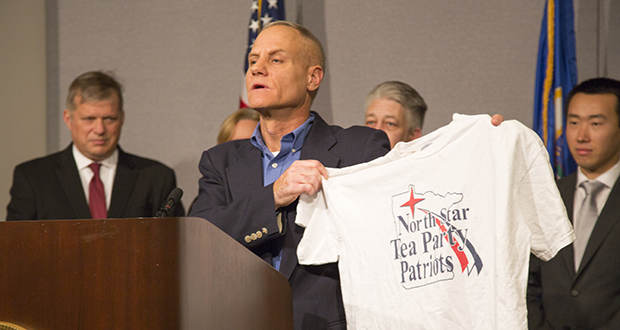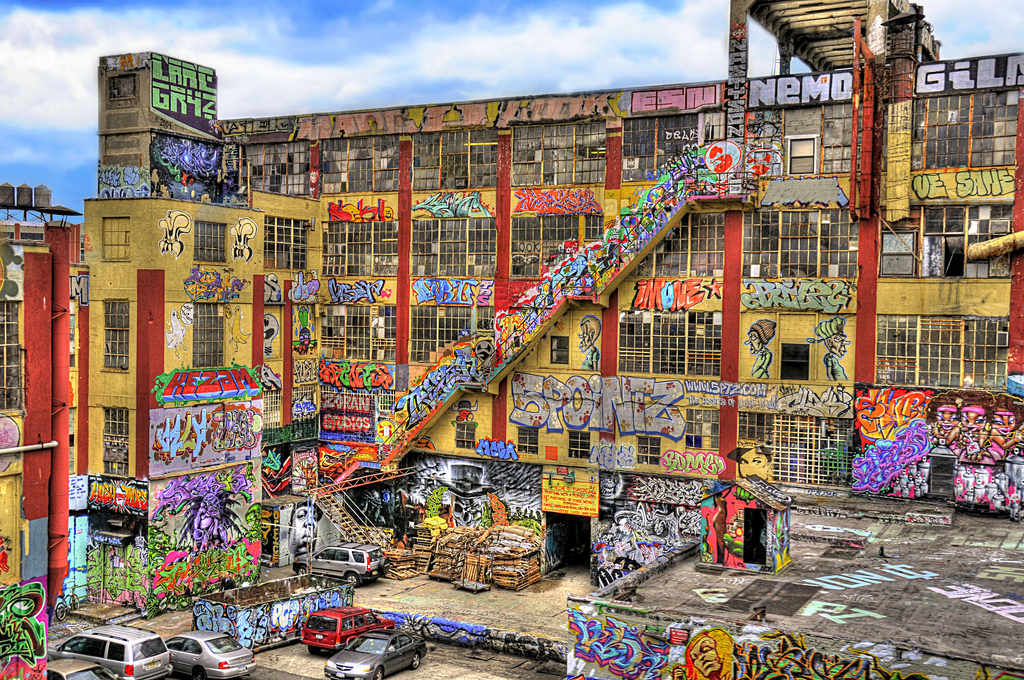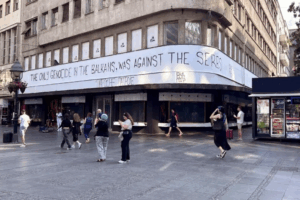
In 2024, a graffiti message appeared on the side of a building on the busy, touristy Knez Mihailova street in Belgrade, the capital city of the Balkan nation Serbia. The bolded spray paint, written in English, read, “The only genocide in the Balkans, was against the Serbs”. Seemingly in response to the just preceding passage of United Nations General Assembly Resolution A/RES/78/282, which established July 11th as the International Day of Reflection and Commemoration of the 1995 Genocide in Srebrenica, this statement reflects a trend of denial by some Serbians (in both the general populace and government) of national culpability for the atrocities committed in Srebrenica, Bosnia and Herzegovina.
The events, wars, and historic tensions leading up to the Srebrenica Genocide are numerous and nuanced, but the most basic context is situated in the Bosnian War amidst the violent breakup of Yugoslavia in the 1990s. In July of 1995, troops from Republika Srpska (a semi-autonomous entity of majority ethnic Serbs within Bosnia and Herzegovina) and a Serbian paramilitary unit laid siege to the Bosnian town of Srebrenica and massacred more than 8,000 Bosniak Muslim men and boys, the vast majority of whom were civilians. The massacre’s ethnoreligious targeting, systematic carrying out, forcible transfer of civilian women and children, and institutional cover-up was declared by the International Criminal Tribunal for former Yugoslavia to meet the qualifications for genocide, a ruling that was upheld in the International Court of Justice as well. It is important to note that the ICTY only classified the crimes at Srebrenica as genocide. While other war crimes and crimes against humanity were perpetrated by and against several countries in the bloody Yugoslav wars (including against ethnic Serbs), only the crimes in Srebrenica was denoted as having met the special intent to legally qualify as genocide. In the aftermath of the atrocities at Srebrenica and since, the Serbian government has not acknowledged the reality of the genocide. Serbian president Aleksandar Vučić (widely regarded as being authoritarian) infamously said a “terrible crime” occurred in Srebrenica but would not specify further. The topic of the Srebrenica Genocide remains a very sensitive subject in Serbia that is often controversial to even discuss.
Considering this history and the attitude of denial perpetrated by the Serbian government, it is not surprising that the UNGA Resolution recognizing the anniversary of the genocide was met with extreme disapproval in Serbia. This was the context for the graffiting of “The only genocide in the Balkans, was against the Serbs”. The choice to write this message in English, not Serbian, signifies an agenda to spread this false idea to visitors and ‘the West’ in general. The location of this particular graffiti is also significant, as Knez Mihailova is one of the busiest and most touristy areas of the city, ensuring that masses of people have seen this message. The graffiti was signed by the Narodna Patrola, a far-right, anti-immigrant organization in Serbia. The fact that no level of Serbian government has ordered this graffiti to be covered up or removed after more than a year suggests an underlying but not subtle support for the idea espoused in the graffiti that fits with the government’s refusal to accept the designation of the horrors at Srebrenica as genocide.
Graffiti is traditionally used as artistic self-expression but there is also definitely a tradition of political graffiti that can be manifestations of a variety of ideologies. The political graffiti in Belgrade extends far beyond the scope of just this sentence: all over the city, graffiti artists have scrawled messages including “Fuck NATO”, “Stop CIA Terrorism”, anti-Vučić slogans, and drawings of the EU logo crossed out.
International war crimes and graffiti art might not seem connected in a relevant way at first, but art is a very potent way of influencing the public consciousness. Therefore, a widely viewed and large artistic delivery of an incorrect and harmful sentiment in a public space is not merely graffiti but part of an intentional campaign to invalidate the lived experience of the victims of genocide at Srebrenica and the international tribunals classifying the crimes as such.

